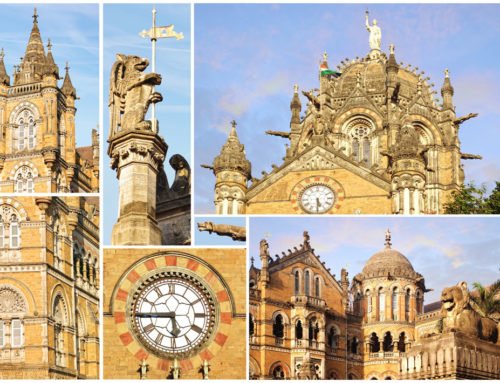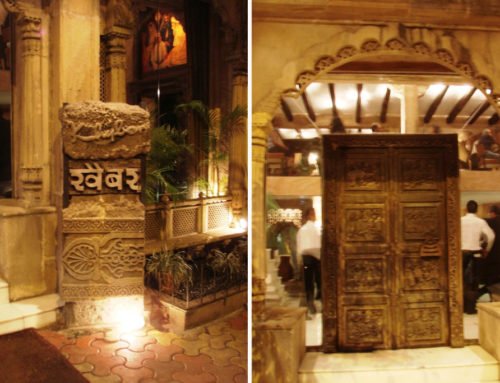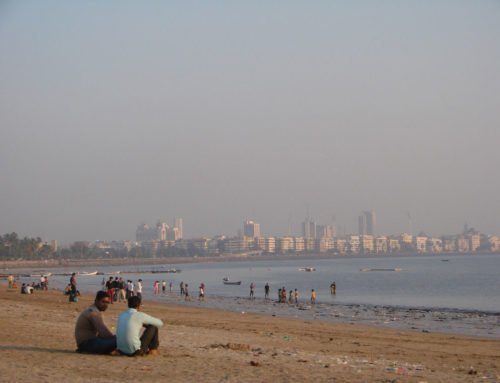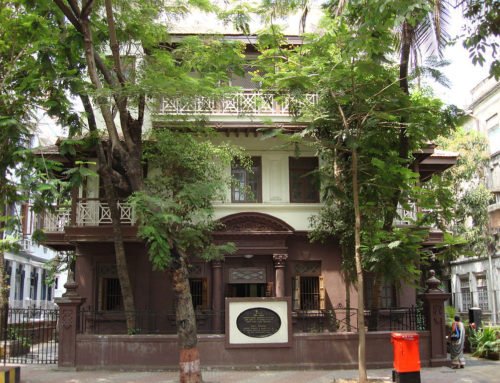Overview
- Features: Archway for entry into India built for the British Raj
- Opening Times: Dawn to dusk, daily
- Best Time to Visit: Late October to early March
- Duration: 20 to 30 minutes
- Travelled By: Train, auto rickshaw
- Cost: Free
- Address: Apollo Bunder, Shivaji Marg, Mumbai, Maharashtra, India
- Type: Gateway
Author Reviews[display_rating_item_results rating_form_id=”2″ rating_entry_ids=”1″ show_category_filter=”false” show_options=”true” result_type=”star_rating” preserve_max_rating=”true” show_title=”false” show_count=”false” ]
Total Rating: [display_rating_result rating_form_id=”2″ show_count=”false” show_rich_snippets=true] [accordions load=”1″] [accordion title=”User Reviews” last] [display_rating_item_results rating_form_id=”5″ show_options=”true” result_type=”star_rating” preserve_max_rating=”true” show_title=”false” show_count=”true” show_rich_snippets=true] [/accordion] [accordion title=”Add Review”][display_rating_form show_email_input=”true” show_comment_textarea=”true” show_name_input=”true” rating_form_id=”5″] [/accordion] [/accordions]
Summary
The Gateway of India is Mumbai’s most famous landmark and popular tourist attraction. Built in 1924 to commemorate the visit of King George V and Queen Mary to India, it triumphantly faces the Mumbai Harbour at the tip of Apollo Bunder. It’s a great place to take a walk around the esplanade while enjoying the views, sea breeze and the atmosphere.
Gateway of India Mumbai
Mumbai’s most famous landmark, the Gateway of India, triumphantly faces out to Mumbai Harbour from the top of Apollo Bunder. It was the first sight to greet travellers to Indian shores during the heyday of the British Raj. The arch was also the point from which the last British regiment left India on 28 February 1948 after India gained Independence in 1947. It was built to commemorate the visit of King George V and Queen Mary in 1911, en route to the Delhi Durbar, but in fact, the King and Queen were met with a mock cardboard structure – the actual Triumphal Arch, built in honey-coloured Kharodi basalt, was completed only in 1924, years after the royal visit.
[singlepic id=2298 w=720 h=560 float=center]
Often referred to as the Taj Mahal of Mumbai, the Gateway of India is an archway 26 metres high with two large reception halls, arches and minarets, and embellishments inspired by 16th century Gujarati architecture was designed by the Scottish architect, George Wittet in Indo-Saracenic style. Each of the reception halls is capable of seating 600 at important receptions. The gateway combines elements of the Roman triumphal arch and the 16th-century architecture of Gujarat. Its design is a combination of Hindu and Muslim architectural styles; the arch is of Muslim style while the decorations are of Hindu style. The gateway is built from yellow basalt and reinforced concrete. The stone was locally obtained, and the perforated screens were brought from Gwalior. The cost of the construction was Rs 2 million borne mainly by the Government of India.
The great gateway commands a spectacular view of the sea and looks particularly impressive at night when it is illuminated, with the inky black sea stretching into the horizon beyond it. The gateway is a favourite gathering spot for locals and a popular spot for people-watching. Giant-balloon sellers, photographers, beggars and touts rub shoulders with Indian and foreign tourists, creating all the hubbub of a bazaar. Boats and barges moored here provide regular services across the bay and to islands such as Elephanta. They can also be hired for leisurely trips down the Mumbai coastline.
The monument has faced three terror attacks from the beginning of the 21st century; twice in 2003 and it was also the disembarkation point in 2008 when four gunmen attacked the Taj Mahal Palace and Tower.
Philips, the global leader in lighting has unveiled a stunning lighting makeover of the historic Gateway of India in January 2014. The lighting is based around a new, one-of-a-kind LED system, providing a palette of 16 million colours that can be computer-programmed to create inspiring lighting shows.
A short distance behind the Gateway of India is an impressive statue of Shivaji.
Getting to & from the Gateway of India
To get here take a taxi or auto rickshaw. The nearest train station is Churchgate located two kilometres away.







